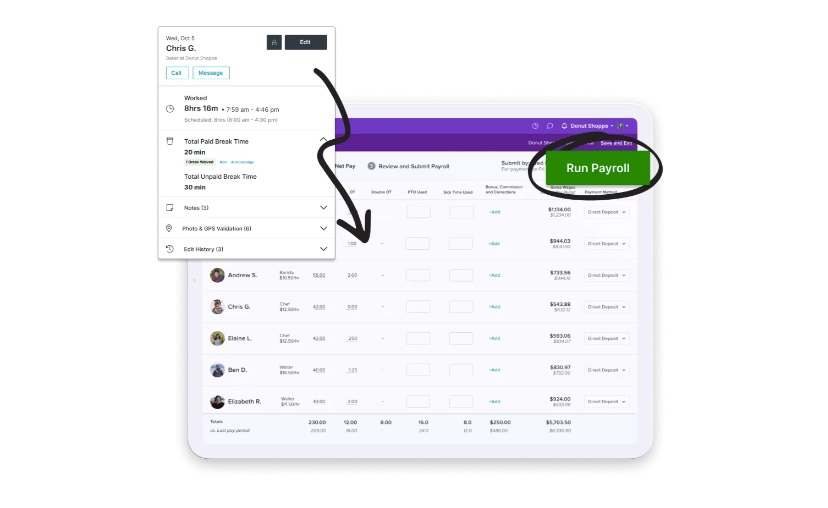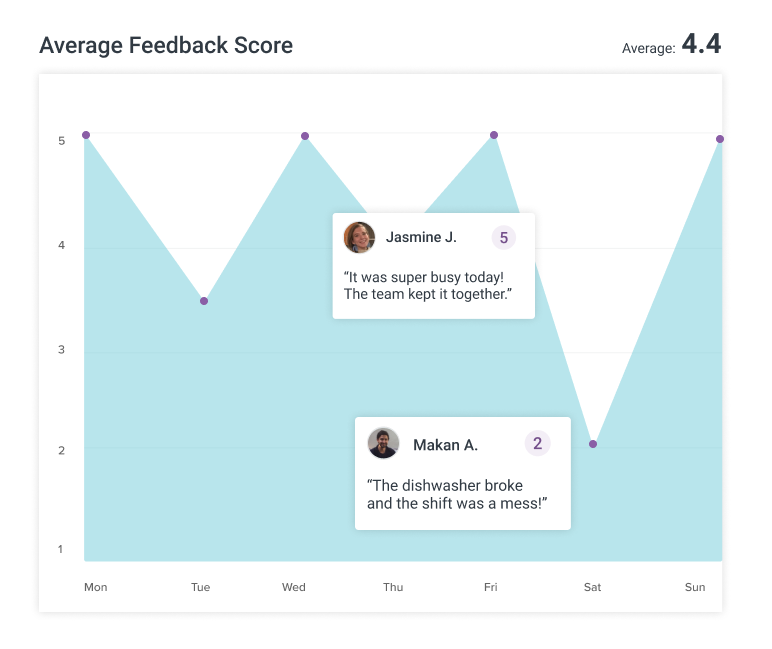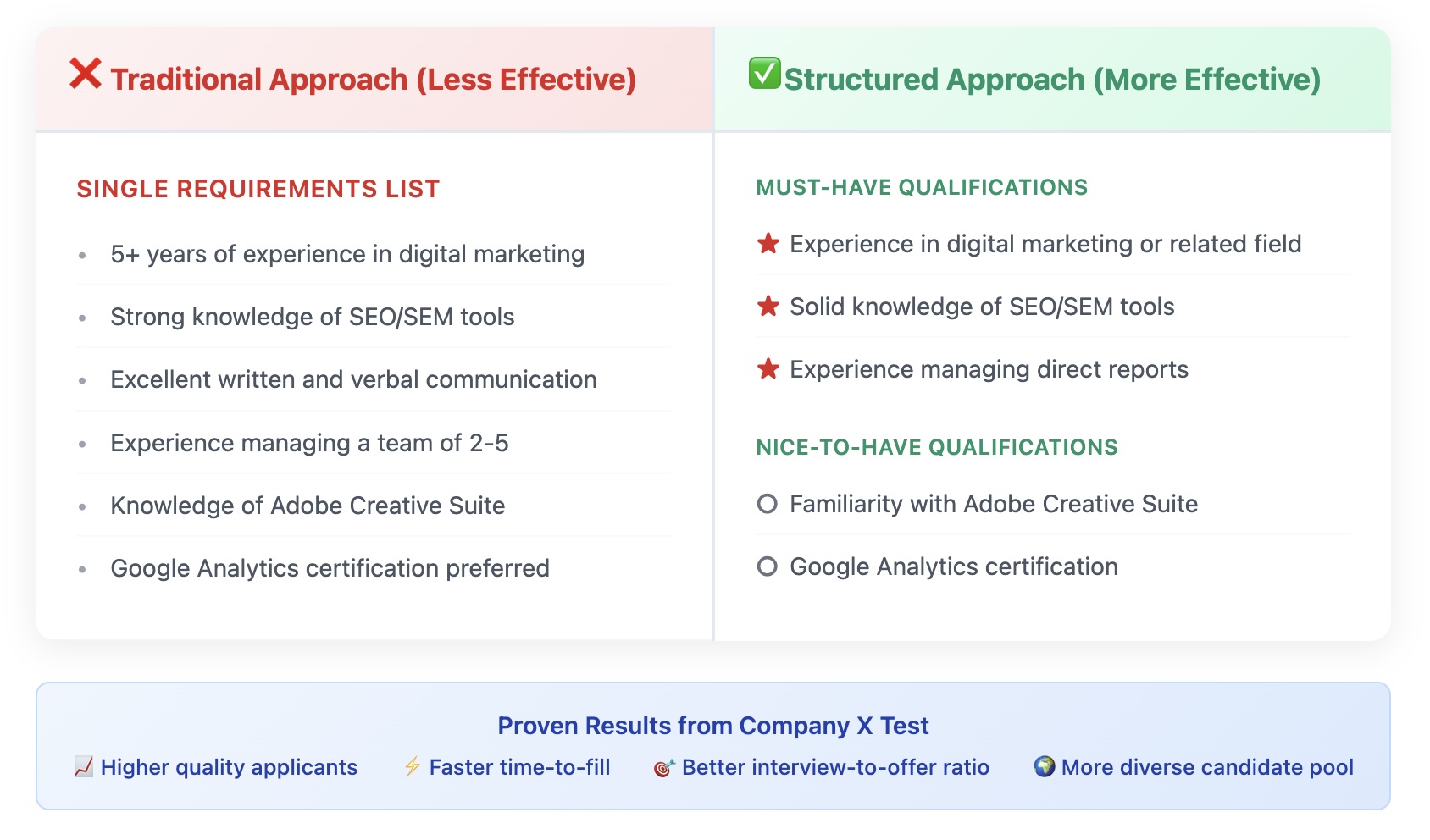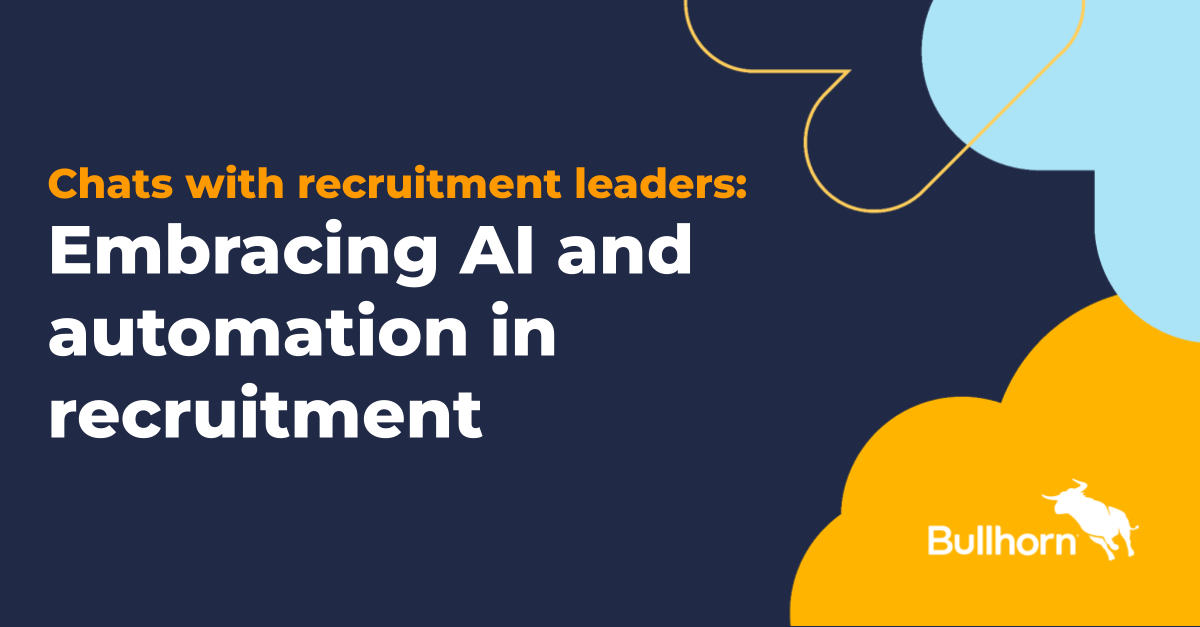Are you struggling with high employee turnover, low staff engagement, or escalating training costs? These aren’t just HR headaches; they’re alarm bells for your business health.
These HR metrics are indicators that help you analyze business performance and define goals. Whether you have 10 or 1,000 employees, these insights shape your people strategies and inform your business decisions.
But the real challenge lies in effectively gathering accurate data. From establishing clear objectives to choosing the best tools and methods, we’ll guide you through every step of the data-gathering process.
HR analytics vs. people analytics vs. workforce analytics: What’s the difference?
HR analytics, people analytics, and workforce analytics are terms often used interchangeably, but each focuses on specific aspects of human resources and provides unique insights into your workforce.
| Aspect | HR Analytics | People Analytics | Workforce Analytics |
| Primary Focus | Operational aspects of HR (e.g., recruitment, retention) | Employee behavior and performance | Overall workforce planning and strategy |
| Data Scope | HR-specific data (e.g., hiring rates, turnover) | Broader data, including employee surveys, performance metrics | Combines HR data with business performance data |
| Objective | Improve HR processes and efficiency | Enhance individual and team performance | Align workforce capabilities with business goals |
| Key Benefits | Streamlines HR operations, reduces costs | Improves employee engagement and productivity | Optimizes workforce allocation, predicts future needs |
| Application Example | Analyzing the effectiveness of a new recruitment process | Assessing the impact of a training program on staff skills | Forecasting future staffing needs based on business growth |
6 Steps to collect and analyze HR metrics
Collecting and analyzing HR metrics is a structured process that can significantly impact your business’s strategic direction and operational efficiency.
Here are some key steps to effectively collect and analyze HR metrics:
1. Choose relevant metrics aligned with business goals
Begin by identifying your core objectives. Are you aiming to increase productivity, enhance employee engagement, or reduce turnover? Then focus on metrics that directly reflect these goals.
For example, if employee retention is your aim, prioritize turnover rates and employee feedback over less relevant metrics like training attendance. It’s also important to consult with stakeholders and refer to industry benchmarks to ensure the metrics you select are both impactful and feasible to track.
For example, a good employee retention rate is generally considered to be 90% or higher, aiming for a turnover rate of 10% or less. So if your current retention rate is significantly below this benchmark, it signals a need for strategic changes in your HR practices.
2. Select the right HR software solution
First, understand what you need from the software. Do you require advanced analytics, employee self-service portals, or integration with existing systems? List down the functionalities that are crucial for your business
The software you choose should not only align with your current needs but also be scalable to accommodate future growth. It should also integrate seamlessly with other systems you use, such as payroll, attendance, or performance management systems, to allow smooth data flow and analysis.

Homebase can help you set up a fully automated system for tracking time and paying staff. Homebase’s time clock and payroll features allow employees to easily punch in and out and instantly convert their timesheets into hours and wages in payroll. Plus, it can automatically calculate wages and taxes and send the correct payments to employees, the state, and the IRS.
H3: 3. Establish data gathering methods
Consider using platforms for surveys, integrating your HR software with other business systems to automatically capture data, or setting up regular intervals for data collection to ensure consistency. Automate where possible to reduce manual errors and free up time for more strategic tasks.


For example, Homebase’s employee happiness software, includes features for conducting employee surveys, collecting feedback, and analyzing employee sentiment. This tool can be instrumental in gathering data for relevant HR metrics such as employee satisfaction and engagement.
4. Ensure data accuracy and validation
Start by standardizing data entry procedures across your team. Establish clear guidelines and consistent formats to minimize errors and discrepancies. For example, you might standardize the procedure by using a uniform digital survey tool. This tool would have preset response options to ensure consistency in how employees rate their satisfaction.
And if you’re using Homebase, you can easily send survey links to your team with the employee communication tool along with instructions. Homebase also stores internal documents, so you can refer to them as you create your survey and read your employees’ responses.
Educate your team about the importance of accurate data management. Regular training sessions can help highlight common mistakes in data entry and management, fostering a culture of precision and attention to detail.
5. Analyze trends in HR metrics over time
This analysis involves tracking key metrics over a period to identify patterns, changes, and potential areas for improvement.
For example, tracking trends in metrics such as employee satisfaction scores or training effectiveness can provide insights into the impact of policy changes or new initiatives. Are satisfaction scores improving following a new wellness program? Is the effectiveness of training declining, indicating a need for revised methods?
Similarly, a steady increase in absenteeism might signal burnout or disengagement, leading to a deeper look into work-life balance or job satisfaction. Remember, the goal is to use these trends to inform strategic decisions, improve workforce management, and ultimately drive better business
6. Ensure compliance with industry regulations
You need to be familiar with relevant labor laws and data protection regulations in your industry and region. This could involve securing employee data, ensuring transparency in data handling, and obtaining necessary consent for data collection and usage.
However, regularly reviewing these policies and staying updated can be a challenge. Homebase’s compliance tools are specifically designed to help small business owners follow the laws and regulations that apply to them. Our platform also offers access to HR experts who can help with tailored advice and evaluation of your company’s practices. You can talk live to a certified advisor and have an expert review your policies. Homebase also offers access to a digital library of guides, training, and templates.
Boost workforce planning and performance with Homebase
Every data point you gather tells a part of your company’s story, especially about its most valuable asset-its people. These metrics give you insights into employee performance, satisfaction, and engagement. They allow you to see beyond the surface, understanding not just how your team is performing but why.
Homebase can help you collect accurate employee sentiments and feedback with its employee happiness tool. Alongside staff scheduling and time tracking, it offers powerful onboarding features for seamless, digital hiring processes, HR and compliance, payroll processing, and employee happiness — all within the same, easy-to-use platform.
Plus, Homebase is free for up to 20 employees for basic scheduling and time tracking features and employee management tools like messaging, point-of-sale integrations, and access to email support.











